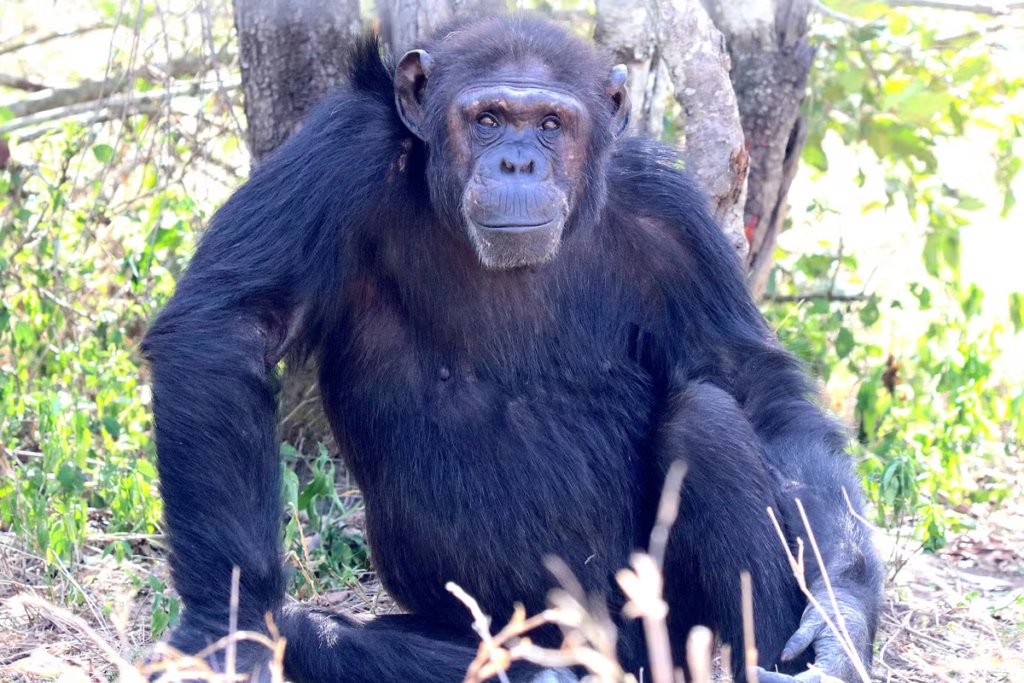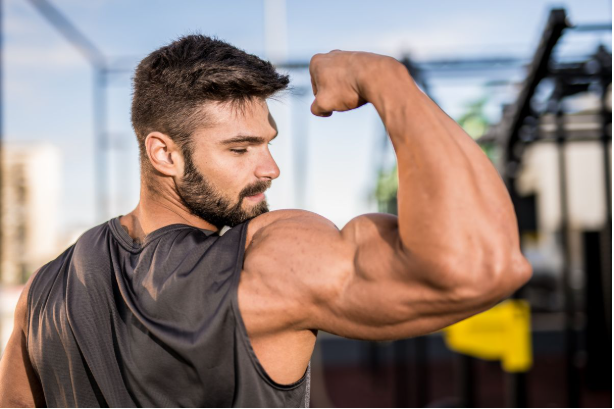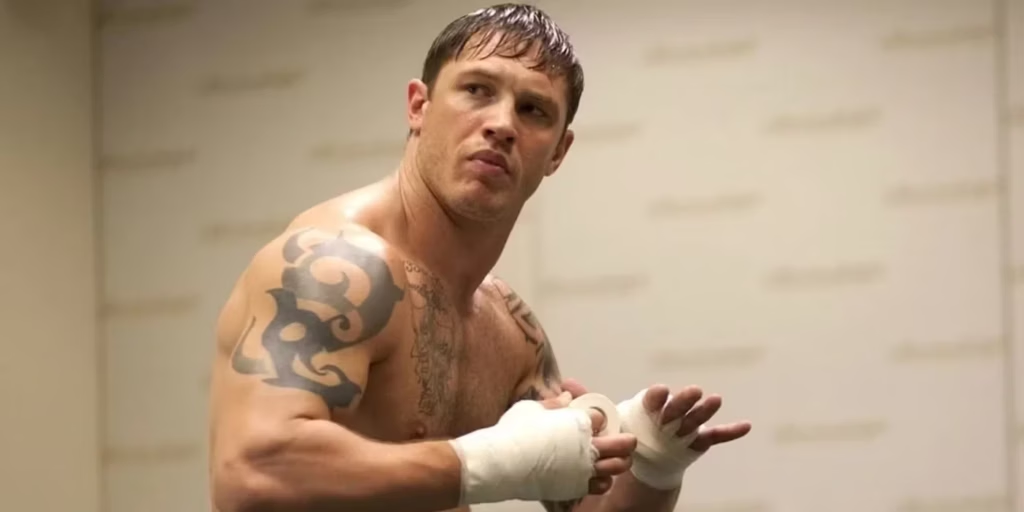There are biceps blasts and core crushers, and everyone in the gym knows that you never skip #legday. But what have you done lately for… your feet? With that question, you’ve now been introduced to the fitness world’s foot fetish. From barefoot-style shoes to devices that restore movement between your toes to foot-specific workouts, your feet are increasingly the centre of attention.
Trainers are realising that your feet are critical for both strength and speed gains. Strong feet play a key role in everything you do while standing, helping you drive through every stride and providing a sturdy base for all exercises. To build your feet into powerhouses, you’ll need to rethink how you train, a process that starts with five questions.
So, um… you want me doing foot workouts?
Your foot has 26 bones, 33 joints and more than 100 muscles, ligaments and tendons, and building up these muscles can have serious benefits. “Your feet absolutely require training,” says biomechanics researcher and running expert Jay Dicharry, “just like any other body part”. Except the consequences of not taking care of your feet are more dire than those of, say, skipping biceps curls. Your feet are your body’s foundation; everything builds on that. “If you can’t feel the position you’re in, your foot can collapse in or shift out, and then the knee and hip follow, and then you tweak your lower back,” says Dicharry. The goal is to learn how to drive your big toe down for greater stability.
Does that mean I need to lift barefoot?
Lifting without shoes allows you to be more aware of your foot position, says personal trainer Aaron Horschig, who regularly posts to his Instagram account, @squat_university, about barefoot training. During most exercises, you want to apply pressure into the floor with your big toe, little toe and heel, says Horschig. That’s not easy to practise in a thick shoe. This doesn’t mean you have to be barefoot when lifting in the gym, though. Powerlifters swear by classic Chuck Taylors, in part because they lack the thick heels of some sneakers. And shoes like the Bearfoot Ursus simulate the feeling of being barefoot – without showing the world your dogs.
Should I run barefoot?
Not exactly. But it’s time to reconsider your running footwear – and your running workouts. Many traditional running shoes have extra-thick soles that cushion your foot strike. Unfortunately, all that fluff prevents you from tapping your true speed. You generate power as you run by driving your foot into the ground on each stride, but thick-soled shoes dull some of that oomph.
In addition, they might actually cause damage: shoes with more cushioned midsoles led to greater ankle-joint stiffness, according to a 2015 University of Calgary study. This can increase the risk of injury. But there’s no need to slog 10 kays barefoot. Instead, do your warm-ups barefoot, says running coach Jes Woods, then lace up your kicks for your run. You get the best of both worlds: you awaken foot muscles during your warm-up while enjoying the protection of shoes when you hit the road.
Do I need to ‘free’ my toes?
Hang out on fitness Instagram enough and you’ll wonder, thanks to a new wave of “toe spacers”. If you’ve spent too much time wearing shoes, there’s a decent chance your toes are squashed together. And no, that’s not good. Remember that foot imprint your parents brought home from the hospital when you were born? Your toes were the widest part of your foot back then. When they’re far apart, they give you a strong foundation. “When the toes are smashed together,” says Horschig, “it decreases your ability to maintain balance.” That’s another reason to walk barefoot inside – or find a pair of toe spacers: start by wearing them at least 30 minutes a day. That can strengthen your big toe to help make you more athletic. “The big toe is the last part of the foot to leave the ground,” says trainer Milo Bryant. “If it’s strong and flexible, it can store more energy and make your movements more explosive.”
Is this a complete training shake-up?
Don’t worry; there’ll still be time for arm day. Just work in 1 of the following 2 exercises every day; do 3 sets of each. The first is toe yoga. Press your little toes into the floor and lift your big toe. Next, press your big toe into the floor and lift your other toes. Do 10 reps to hone coordination. The second will challenge your balance. Stand on 1 leg, barefoot, holding a weight of any kind (a backpack works) in 1 hand. Swiftly pass the weight back and forth from hand to hand; doing this quickly will improve your ankle stability. Want to push things further? Twice a week, add some light agility drills. (Think hopping on and off a short step for 30 seconds per leg.) You’ll build big-toe strength and sculpt your calves, too.
Be a foot soldier!
Want to step up your foot fitness even more? This gear can help.

Wide toes
These toe spacers realign the toes, stretch foot muscles, improve balance and relieve foot pain and tension. Expect postural improvements, too.
($30; tfc-shopaus.com)

Sanddune stepper
This step mimics the feel of sand. Jump, lift, and move on it to challenge your feet (and ankles) from all angles.
($403; sanddunestepper.com)

Mobo board
Jay Dicharry developed this unstable board to sync your hips and core with your feet for better balance,
stability and power.
($160; thebarefootmovement.com.au)

Bearfoot urus
Designed by deadlift legend Chris Duffin, these minimalist shoes are perfect for any powerlifting workout.
(From $119; bearfoot.store)















